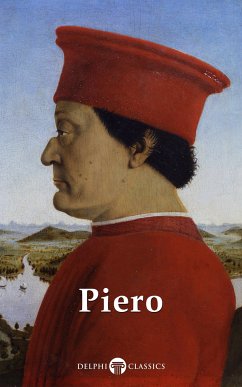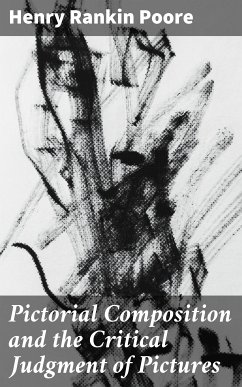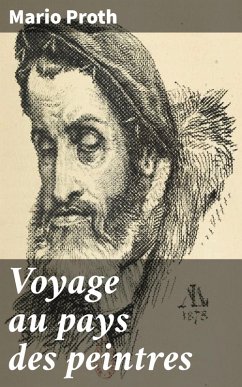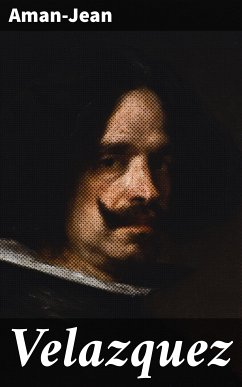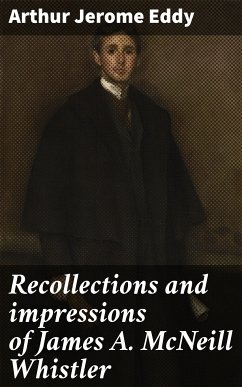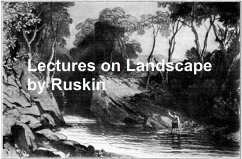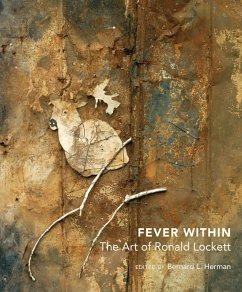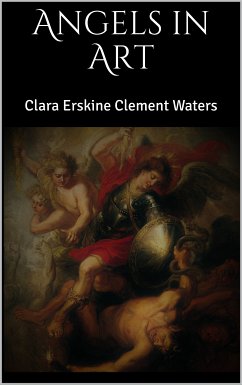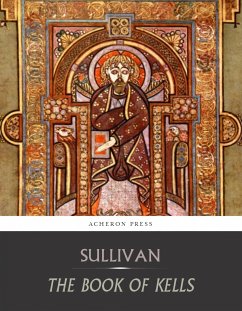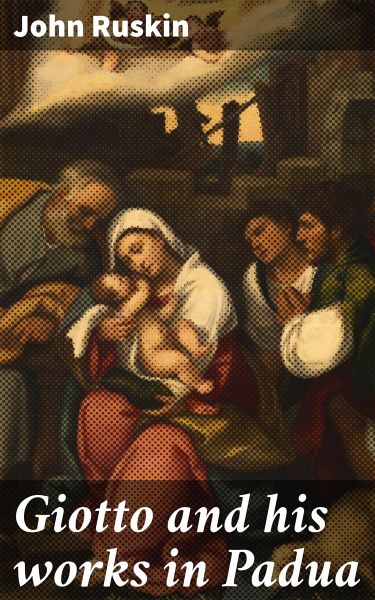
Giotto and his works in Padua (eBook, ePUB)
Enriched edition. An Explanatory Notice of the Series of Woodcuts Executed for the Arundel Society After the Frescoes in the Arena Chapel
Kommentar: Pemberton, Clarissa / Redaktion: Good Press
Versandkostenfrei!
Sofort per Download lieferbar
1,99 €
inkl. MwSt.
Weitere Ausgaben:

PAYBACK Punkte
0 °P sammeln!
In "Giotto and His Works in Padua," John Ruskin embarks on a meticulous exploration of the transformative contributions of the early Renaissance painter Giotto di Bondone, arguing for his seminal role in the transition from medieval art to the blossoming of humanistic expression. Ruskin's vivid prose is not merely descriptive; it weaves a rich tapestry of art criticism, informed by his deep appreciation for the aesthetic and moral dimensions of Giotto's work. Situated within the broader context of Ruskin's extensive writings on art and architecture, this text reflects his belief in the intrins...
In "Giotto and His Works in Padua," John Ruskin embarks on a meticulous exploration of the transformative contributions of the early Renaissance painter Giotto di Bondone, arguing for his seminal role in the transition from medieval art to the blossoming of humanistic expression. Ruskin's vivid prose is not merely descriptive; it weaves a rich tapestry of art criticism, informed by his deep appreciation for the aesthetic and moral dimensions of Giotto's work. Situated within the broader context of Ruskin's extensive writings on art and architecture, this text reflects his belief in the intrinsic connection between art and societal values during the 19th century, urging readers to recognize the emotional and spiritual depths of Giotto's frescoes in the Scrovegni Chapel and beyond. John Ruskin (1819-1900), a leading art critic of the Victorian era, was profoundly influenced by his own studies in art, natural science, and literature. His profound admiration for Giotto stemmed from a conviction that the painter's embryonic naturalism presented an antidote to the mechanization and moral decay he perceived in contemporary society. This book is both a tribute and a manifesto, advocating for a return to the truth of nature and experience, echoing Ruskin's broader philosophical and artistic ideals. "Giotto and His Works in Padua" is not merely an art historical text; it is an impassioned call to appreciate the deeper moral lessons that art can impart. Readers interested in the evolution of Western art, as well as those who appreciate the interplay between aesthetics and ethics, will find this work enlightening. Ruskin's eloquence and insight compel us to revisit not just Giotto's works but also the foundational values of art itself. In this enriched edition, we have carefully created added value for your reading experience: - A succinct Introduction situates the work's timeless appeal and themes. - The Synopsis outlines the central plot, highlighting key developments without spoiling critical twists. - A detailed Historical Context immerses you in the era's events and influences that shaped the writing. - An Author Biography reveals milestones in the author's life, illuminating the personal insights behind the text. - A thorough Analysis dissects symbols, motifs, and character arcs to unearth underlying meanings. - Reflection questions prompt you to engage personally with the work's messages, connecting them to modern life. - Hand-picked Memorable Quotes shine a spotlight on moments of literary brilliance. - Interactive footnotes clarify unusual references, historical allusions, and archaic phrases for an effortless, more informed read.
Dieser Download kann aus rechtlichen Gründen nur mit Rechnungsadresse in A, B, BG, CY, CZ, D, DK, EW, E, FIN, F, GR, H, IRL, I, LT, L, LR, M, NL, PL, P, R, S, SLO, SK ausgeliefert werden.




